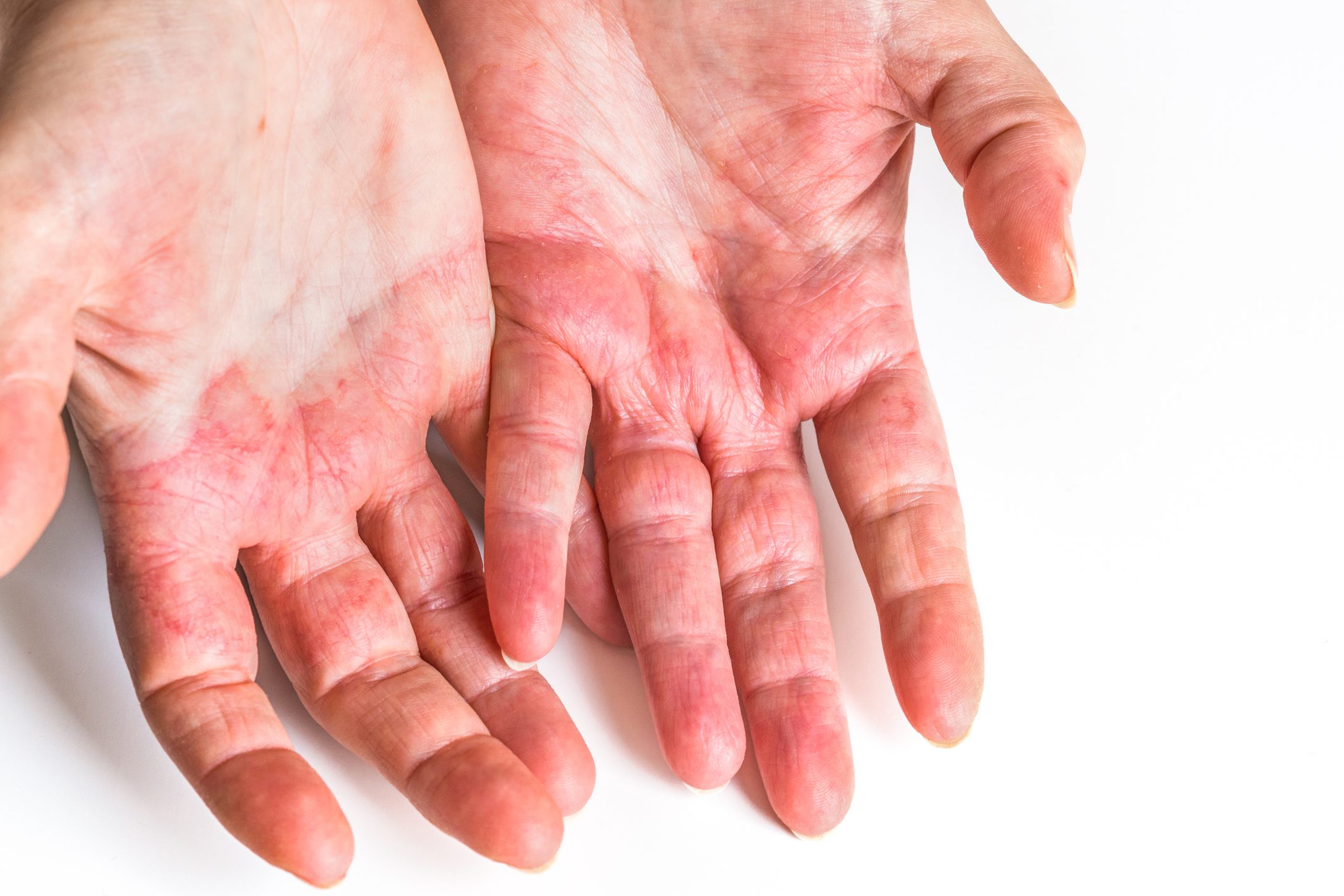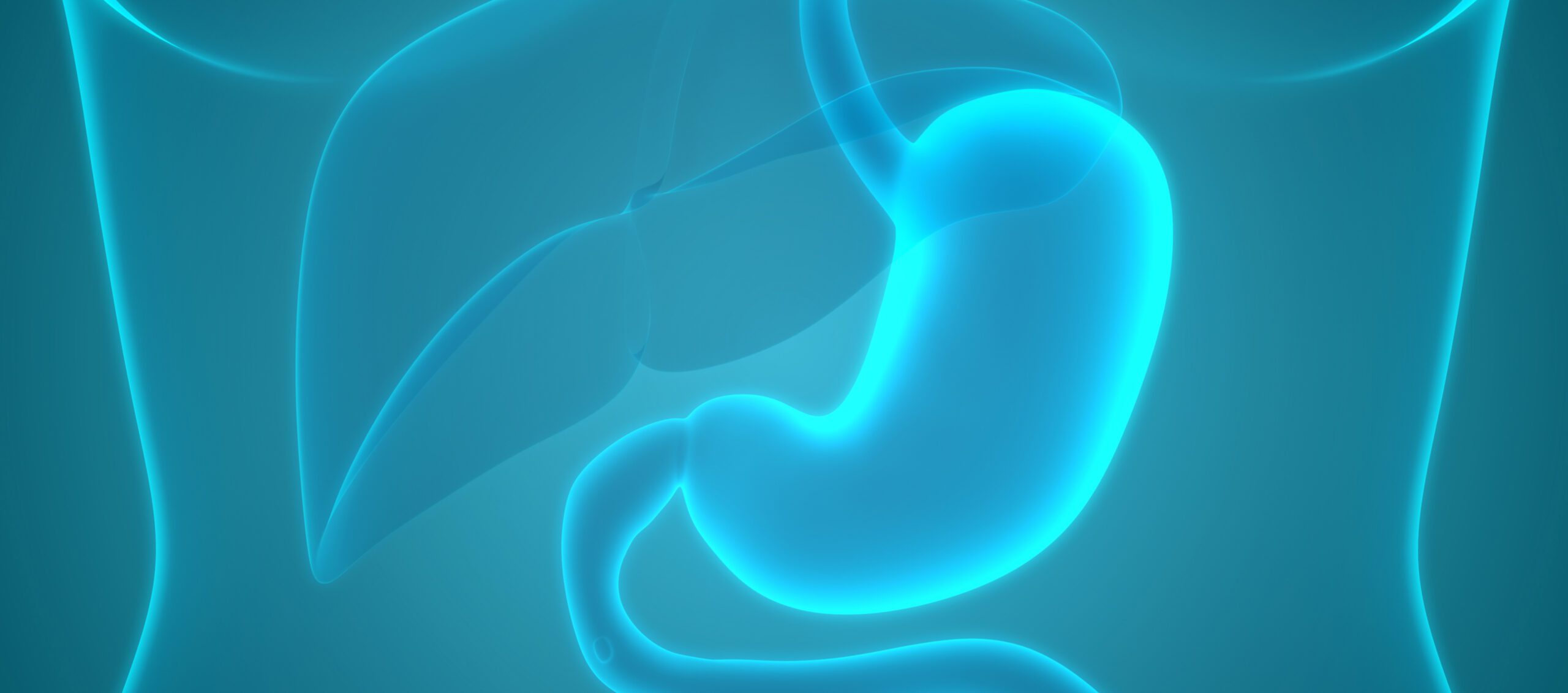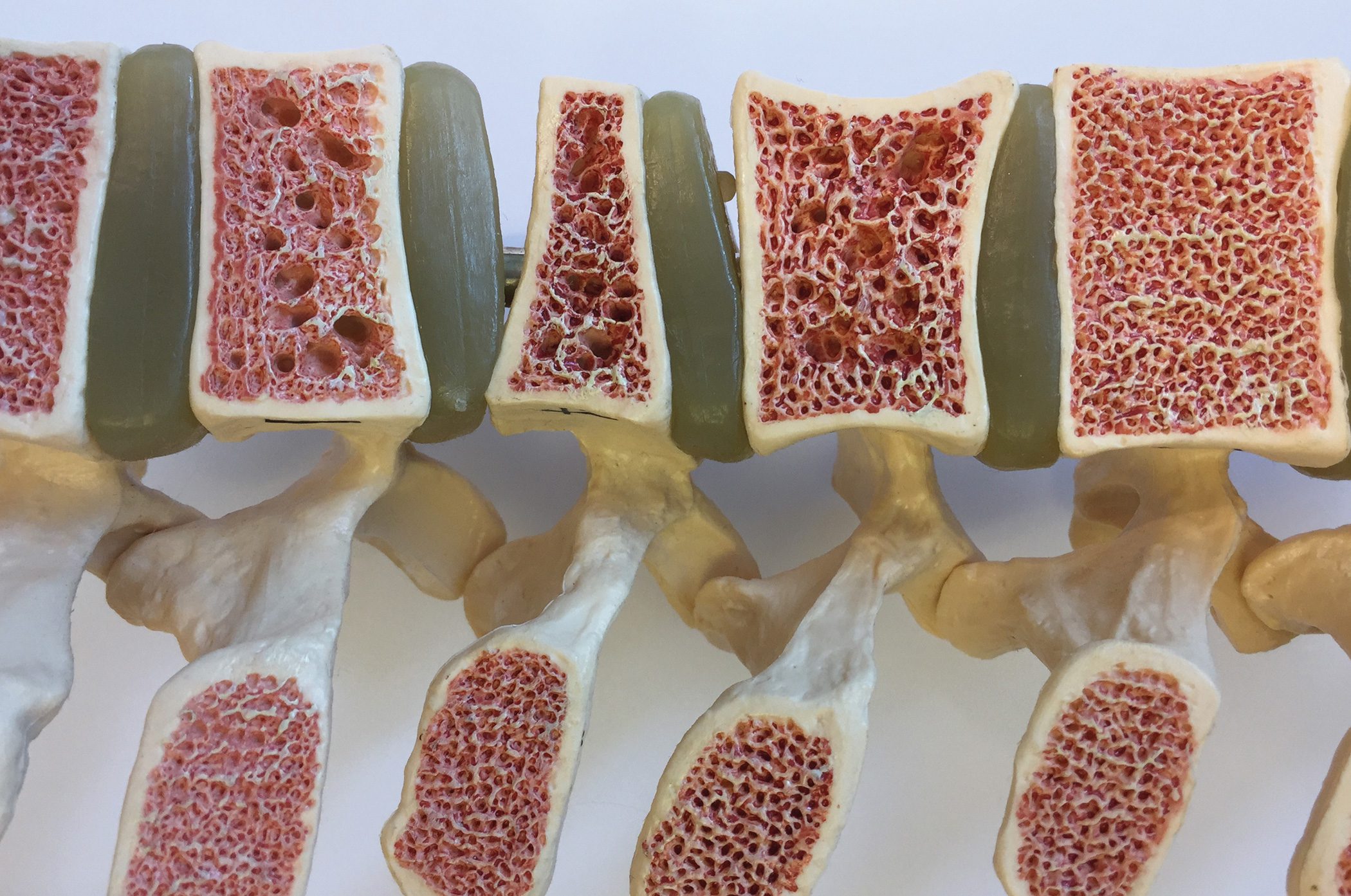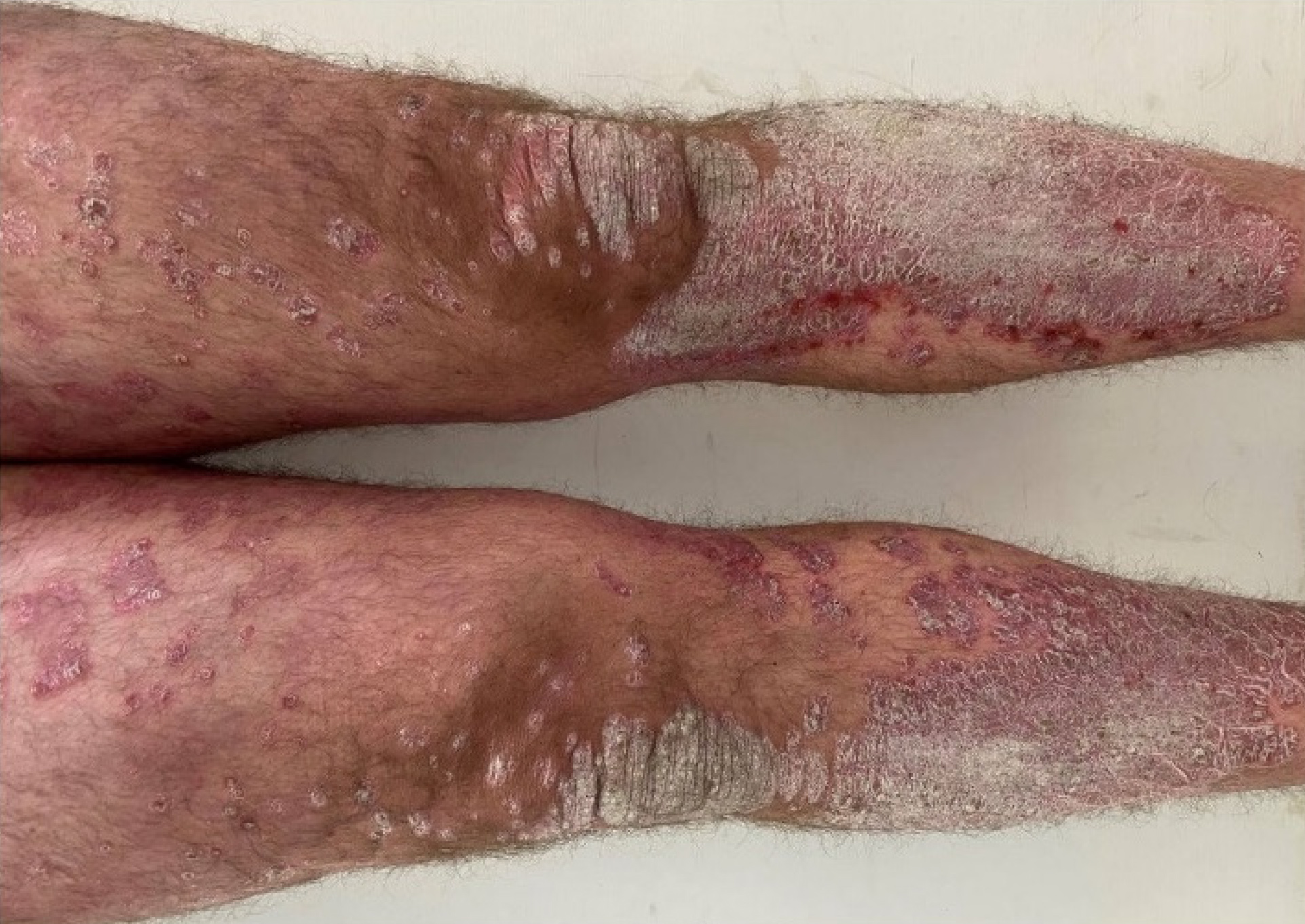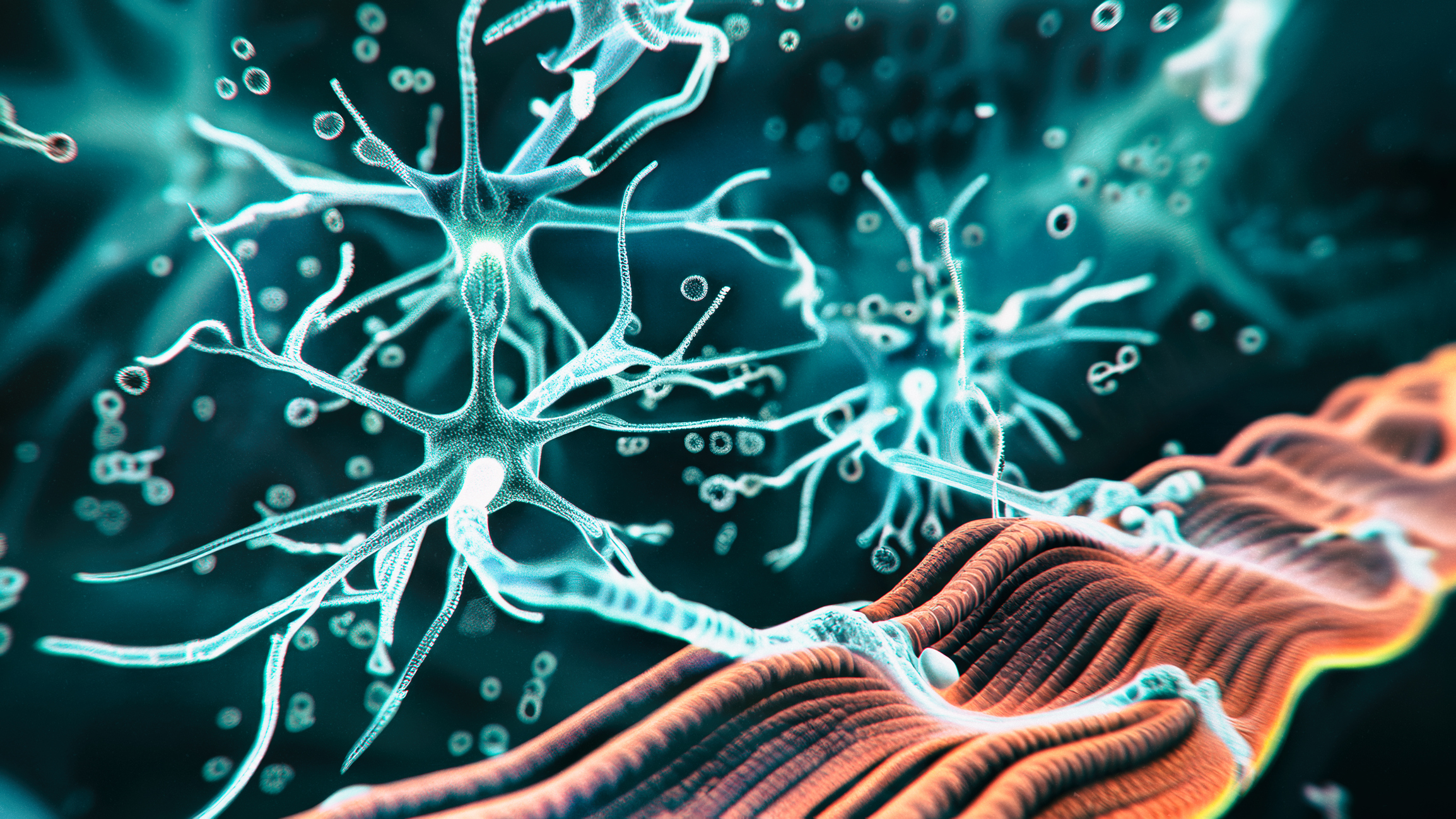Trastuzumab, the first humanized monoclonal antibody targeting human epidermal growth factor receptor 2 (ERBB2/HER2), is currently used as first-line therapy for HER2(+) tumors. However, trastuzumab increases the risk of cardiac complications without affecting myocardial structure, suggesting a different mechanism of cardiotoxicity.
Trastuzumab, a widely used humanized monoclonal antibody targeting human epidermal growth factor receptor 2 (HER2), shows therapeutic effects in the clinic against HER2-overexpressing cancers. However, trastuzumab is closely associated with the risk of cardiovascular complications. A total of 2-16% of patients treated with trastuzumab experience a decrease in left ventricular ejection fraction, and 1-4% of patients eventually develop symptomatic heart failure [2–4], severely limiting the safe use of trastuzumab in clinical practice. Moreover, no significant myocardial injury was observed in endomyocardial biopsy specimens from patients with cardiotoxicity from trastuzumab [5], suggesting a complicated cardiotoxic mechanism.
HER2 plays key role in heart development and function
Inhibition of HER2 signaling leads to cardiomyocyte damage during aging and stress overload, resulting in a decrease in cardiomyocyte survival. This suggests that HER2 is critical for cardiomyocyte survival and cardiac function. However, no significant change in mitochondrial or cardiomyocyte death was observed in adult mice with ventricular HER2 deficiency [7]. Indeed, the overall expression of HER2 in mouse hearts decreases with age [8], but HER2 expression and function in different cell types within the adult heart has not been demonstrated.
Clinical studies have shown that patients with preexisting vascular disease are more susceptible to trastuzumab-induced cardiovascular complications [2,9], suggesting that the vasculature may contribute to trastuzumab-related cardiotoxicity. Vascular endothelial cells (VECs) are an important factor in maintaining cardiomyocyte contractile function. They release signaling molecules that regulate the systolic response of cardiomyocytes [10,11]. Therefore, HER2 inhibition in VECs may be one of the causes of trastuzumab-induced cardiac dysfunction. Nevertheless, HER2 expression and function in VECs from adult hearts remain unknown.
A recently published study now showed that HER2 expression was higher in adult VECs than in cardiomyocytes, and identified VECs as the main target cells of trastuzumab. Pentraxin 3 (PTX3) from VECs was found to decrease cardiomyocyte contractility by inhibiting calcium signaling. In addition, STAT3 was shown to function as a transcription factor of PTX3 and the EGFR-STAT3 signaling axis in VEC increased the transcription and release of PTX3. It was also found that lapatinib, a dual EGFR and HER2 inhibitor, abrogated trastuzumab-induced decline in LV function, suggesting a protective strategy against trastuzumab-induced cardiomyopathy and providing a rationale for the combined use of lapatinib and trastuzumab in cancer therapy [1].

VECs mediate trastuzumab-induced cardiotoxicity.
To identify the cardiotoxic mechanism of trastuzumab, the direct effect of trastuzumab on cardiomyocytes was first investigated. The results showed that trastuzumab did not decrease cardiomyocyte survival. A model was created to detect the contractile force of cells, based on the literature [13] and using digoxin, which can promote cell contraction and reduce planar surface area. The planar surface area of cells was found to be reduced after digoxin administration in both the control and trastuzumab groups, suggesting that trastuzumab has no direct deleterious effects on cardiomyocyte contraction. In addition, the human iPSC-CM model was used, and the iPSC-CMs were treated with trastuzumab or adriamycin (ADR), an anticancer drug that can reduce cardiomyocyte survival and contractility, to generate a positive control group. After six hours of ADR treatment, the cell survival rate decreased significantly. In contrast to ADR, trastuzumab did not significantly reduce cell survival. Observations clarify that the amplitude of spontaneous contraction and beating frequency were not affected by trastuzumab treatment but were reduced by ADR treatment.
To confirm the effect of trastuzumab on the heart, a rat model was created using anti-HER2/neu antibody (homolog of HER2 in rats). The anti-HER2/neu antibody and trastuzumab share structural similarity in the third complementarity-determining region and have the same antigenic epitope on their targets [14]. Hematoxylin and eosin (H&E) staining showed no obvious cardiac injury in the hearts of anti-HER2/neu antibody-treated rats. Increased collagen deposition was observed in heart sections of rats treated with anti-HER2/neu antibodies. Wheat germ agglutinin (WGA) staining showed slightly increased cardiomyocyte size in the hearts of anti-HER2/neu antibody-treated rats, indicating mild cardiac hypertrophy. These results are consistent with clinical findings that trastuzumab causes cardiac dysfunction in patients without significant structural changes in the heart or myocardial cell damage based on biopsy results [5].
Furthermore, immunofluorescence assay was performed using the hearts of adult mice and mouse embryos. HER2 protein levels were found to be dramatically reduced in cardiomyocytes of adult hearts. However, the VECs in the capillaries of adult mouse hearts still showed considerable expression of HER2. Subsequently, HUVECs were treated with either sterilized water (solvent control) or trastuzumab for 24 hours, and the supernatants were collected as conditioned medium (control medium, Ctrl medium or trastuzumab medium, Tra medium). Tra medium had little effect on CCC-HEH-2 cell survival but inhibited CCC-HEH-2 cell contraction. As expected, Tra medium did not decrease the survival rate of iPSC-CMs but significantly inhibited the contraction amplitude and beating frequency of iPSC-CMs. No significant change in mitochondrial membrane potential or protein concentrations of mitochondrial respiratory chain complexes was detected in cardiomyocytes after 24 hours of treatment with Tra medium. Tra medium increased the mRNA level of NPPA, NPPB (natriuretic peptide TYPE A/B), and MYH7 (myosin heavy peptide 7, myocardial β) and decreased the mRNA level of MYH6 (myosin heavy peptide 6, myocardial α) in CCC-HEH-2 cells, indicating pathological cardiac remodeling.
PTX3 released from VECs promotes trastuzumab-induced cardiac dysfunction.
To identify the key factors from VECs that inhibit cardiomyocyte contractility, the compounds in the medium of HUVECs treated with trastuzumab were analyzed by LC-MS/MS. A total of one hundred and forty proteins were identified. PTX3, one of the proteins, can be released by VECs and play a key role in endothelial dysfunction and cardiomyocyte injury. It was found that treatment with trastuzumab resulted in a time- and dose-dependent increase in PTX3 concentrations in the medium, indicating the release of PTX3 from HUVECs. In addition, CCC-HEH-2, human aortic vascular smooth muscle cells, and primary macrophages induced from human peripheral blood monocytes were found to be unable to release PTX3 upon treatment with trastuzumab, confirming that the increase in secreted PTX3 originated from VECs and not from other cell types. ELISA results showed that patients with cardiac complications such as impaired left heart systolic function, impaired left heart diastolic function, tricuspid regurgitation, mitral regurgitation, or tachycardia had higher plasma PTX3 levels than patients without cardiac complications.
A PTX3-neutralizing antibody was used to block PTX3 function. PTX3 neutralization abolished the impaired contractility of cardiomyocytes caused by tra medium in the digoxin model. Moreover, PTX3-neutralizing antibody was sufficient to inhibit the decreased contraction amplitude and beating frequency of iPSC-CMs without affecting survival. Trastuzumab-induced release of PTX3 was significantly reduced in HUVECs (PTX3 KO). Trastuzumab-containing medium from HUVECs (PTX3 KO) did not inhibit cardiomyocyte contractility in the digoxin model or decrease the contraction amplitude or beating frequency of iPSC-CMs.
It was found that the survival rate of CCC-HEH-2 cells remained unchanged when treated with recombinant PTX3 protein. In particular, a reduction in digoxin-stimulated contractility was observed in PTX3-treated CCC-HEH-2 cells. In addition, 40 ng/mL PTX3 resulted in a significant decrease in contraction amplitude, but this failed to reduce either survival or beating frequency of iPSC-CMs. Treatment of ICR mice with 20 or 100 ng of recombinant mouse PTX3 protein for 14 days showed decreased ejection fraction and fractional shortening in PTX3-treated mice, indicating cardiac dysfunction in PTX3-treated mice. H&E staining results revealed no obvious cardiac injury in PTX3-treated hearts. However, some collagen deposition was observed in heart sections of PTX3-injected mice. In addition, WGA staining showed slightly increased cardiomyocyte size in hearts from PTX3-injected mice. However, PTX3 injection had little effect on heart weight-to-body weight ratio or heart rate. Furthermore, PTX3 was not found to increase serum levels of creatine kinase (CK-MB), ALT, or AST, which are biochemical markers of cardiac or hepatic injury, respectively. These results suggest that PTX3 is sufficient to directly cause cardiac dysfunction without damaging cardiac structure. It has been reported that PTX3 can induce endothelial dysfunction [15], and that trastuzumab showed almost no effect on proliferation and migration but little effect on survival of HUVECs.
PTX3 causes aberrant calcium signaling in cardiomyocytes
The expression of 26 genes in the hearts of PTX3-treated mice was significantly upregulated (≥2- or ≤0.5-fold, false discovery rate ≤0.05) compared with control mice, whereas the expression of 36 genes was downregulated. Gene ontology pathway analysis of biological processes revealed enrichment of genes in processes related to the response to hypoxia, regulation of high voltage-dependent calcium channel activity, and angiogenesis. Gene set enrichment analysis further confirmed that signaling pathways closely associated with cardiac function, including calcium signaling, calcium channel regulatory activity, c-AMP, and calcium reabsorption regulated by endocrine and other factors, were more enriched in vehicle-treated hearts. Flow cytometry with Fluo-4 AM calcium dye revealed that Tra medium and recombinant PTX3 protein led to a decrease in intracellular calcium content in CCC-HEH-2 cells. Moreover, deletion of the PTX3 gene in HUVECs abrogated the decrease in intracellular calcium content in CCC-HEH-2 cells caused by trastuzumab-containing medium.
Kyoto Encyclopedia of Genes and Genomes (KEGG) pathway enrichment analysis and the resulting heat map showed the enrichment of pathways related to pathogen infection and immune response. This indicates activation of the inflammatory response in PTX3-treated hearts. Considering that PTX3 promotes the inflammatory response in part through STAT3 signaling [16] and that STAT3 plays a key role in regulating cardiac calcium signaling [17,18], activation of STAT3 signaling by PTX3 has been demonstrated. Tra medium increased phosphorylation of STAT3 (Y705) in CCC-HEH-2 cells in a time- and dose-dependent manner. In addition, PTX3 treatment increased the expression of p-STAT3 (Y705) in hearts. Remarkably, trastuzumab had a small direct effect on phosphorylation of STAT3 (Y705) in CCC-HEH-2 cells.
Activation of the EGFR pathway resulted in the release of PTX3 from VECs
Western blot results showed that brefeldin A (BFA) inhibited the trastuzumab-induced increase in extracellular PTX3 levels and led to intracellular accumulation of PTX3 protein. Remarkably, 3-methyladenine (3-MA), an autophagy inhibitor, had no effect on PTX3 levels. In the conventional secretion pathway, signal peptides at the N termini of secreted proteins are essential for secretion [19]. Therefore, the signal peptides of PTX3 were predicted using the SignalP 5.0 server. To confirm this signal peptide, a full-length PTX3 plasmid and a truncated PTX3 (Δ 2-16) plasmid were constructed, and the release of PTX3 from HUVECs (PTX3-KO) was examined. Truncation of amino acids 2-16 prevented trastuzumab-induced release of PTX3, suggesting that this peptide is the signal peptide in PTX3 required for its release from VECs [4,5]. Activation of the EGFR pathway resulted in the release of PTX3 from VECs.
Increased transcription of secretory proteins promoted their release into the extracellular space. As expected, 75, 150, and 300 μg/mL trastuzumab increased the mRNA level of PTX3. Compared with nontargeted siRNA (NC), HER2 siRNA increased the mRNA level of PTX3. Specifically, HER2 siRNA triggered the release of PTX3 into the extracellular medium. HER2 inhibition induces compensatory activation of the EGFR pathway [20], and EGFR overexpression/activation promotes cardiovascular disease and injury, including cardiac hypertrophy, fibrosis, endothelial dysfunction, and atherogenesis [21,22].
It was found that treatment with trastuzumab or silencing of the HER2 gene promoted phosphorylation of tyrosine (Y) 1068 of EGFR in HUVECs. Immunofluorescence and immunohistochemistry assays confirmed the increased phosphorylation of EGFR in HUVECs and in VECs of the hearts, respectively. These data suggest activation of EGFR by trastuzumab-mediated HER2 inhibition in VECs. EGF, the ligand of EGFR, increased the transcription level of PTX3 and promoted PTX3 secretion, accompanied by increased phosphorylation of EGFR. An active EGFR plasmid was constructed by converting tyrosine 1068 to aspartic acid (D) or glutamic acid (E) mutant, designated Y1068D or Y1068E, to mimic tyrosine phosphorylation. Overexpression of the Y1068D or Y1068E plasmid resulted in a marked increase in mRNA levels and intracellular and secreted protein levels of PTX3.
In contrast, lentiviruses containing shRNA were used to suppress EGFR expression in HUVECs. EGFR knockdown reversed the trastuzumab-induced increase in transcription and secreted protein levels of PTX3. The EGFR inhibitors gefitinib and AZD3759 and the EGFR/HER2 dual inhibitors lapatinib, neratinib, and pyrotinib also directly decreased mRNA levels of PTX3 in HUVECs. In addition, gefitinib, AZD3759, and lapatinib blocked the effects of trastuzumab on PTX3 transcription and release.
EGFR signaling pathway mediates transcription and release of PTX3 through STAT3
The EGFR signaling pathway, in which several classical downstream effectors, including STAT3, AKT, IkBα, ERK, and JNK1/2, regulate signal transduction from EGFR activation, is one of the most thoroughly studied signaling pathways. Of the proteins tested, only the level of phosphorylated STAT3 (Y705) increased with trastuzumab. Phosphorylation of STAT3 at Y705 promotes translocation of STAT3 from the cytoplasm to the nucleus, where STAT3 acts as a transcription factor to regulate transcription of target genes [23].
Immunofluorescence assays and subcellular fractionation analyses showed that trastuzumab promoted nuclear localization of STAT3, suggesting that trastuzumab promotes nuclear localization of STAT3 in HUVECs, which was further confirmed by immunohistochemical assays using trastuzumab-treated heart sections. Overexpression of STAT3 plasmid led to an increase in mRNA and secreted protein levels of PTX3 in HUVECs. Moreover, the increase in mRNA and secreted protein levels of PTX3 induced by trastuzumab was abrogated by knocking down STAT3. The luciferase assay showed that PTX3 luciferase activity was upregulated by trastuzumab treatment. Overexpression of STAT3 plasmid increased PTX3-luciferase activity 1.73-fold. Conversely, deletion of PTX3 had little effect on phosphorylation of STAT3. The ability of trastuzumab to promote STAT3 accumulation in the promoter region of PTX3 was confirmed by STAT3 ChIP-qPCR (chromatin immunoprecipitation assay). STAT3 is recruited to the PTX3 promoter region to directly promote PTX3 transcription following trastuzumab-induced activation of the EGFR pathway.
Lapatinib may be a means of intervention for trastuzumab-induced cardiotoxicity
The addition of lapatinib abrogated the effects of Tra medium on calcium levels in CCC-HEH-2 cells. Furthermore, lapatinib abolished the tra-medium-induced decrease in contraction amplitude and beating frequency without affecting the survival of iPSC-CMs.
Considering that PTX3 is the key factor underlying trastuzumab-induced cardiotoxicity, the change in PTX3 content in rat serum was determined. Compared with baseline at week zero, PTX3 levels were significantly increased in the anti-HER2/neu group at weeks two and four, and lapatinib reduced the increased PTX3 levels caused by anti-HER2/neu to the level of the IgG group.
Echocardiography results showed that the anti-HER2/neu antibody caused cardiac dysfunction, as evidenced by decreased LV ejection fraction and fractional shortening. The addition of lapatinib improved cardiac function. No obvious changes were observed in markers of myocardial injury, including cardiac index, histological features, and lactate dehydrogenase, creatine kinase, and CK-MB levels, consistent with clinical observations. It can also be confirmed that lapatinib was able to attenuate the activation of the EFGR/STAT3 pathway in the heart.
Literature:
- Xu Z, et al.: PTX3 from vascular endothelial cells contributes to trastuzumab-induced cardiac complications. Cardiovascular Research 2023.
https://doi.org/10.1093/cvr/cvad012 - Gunaldi M, Duman BB, Afsar CU, et al.: Risk factors for developing cardiotoxicity of trastuzumab in breast cancer patients: an observational single-centre study. J Oncol Pharm Pract 2016(22): 242–247.
- Vogel CL, Cobleigh MA, Tripathy D, et al.: Efficacy and safety of trastuzumab as a single agent in first-line treatment of HER2-overexpressing metastatic breast cancer. J Clin Oncol 2002(20): 719–726.
- Sengupta PP, Northfelt DW, Gentile F, et al.: Trastuzumab-induced cardiotoxicity: heart failure at the crossroads. Mayo Clin Proc 2008(83): 197–203.
- Ewer MS, Vooletich MT, Durand JB, et al.: Reversibility of trastuzumab-related cardiotoxicity: new insights based on clinical course and response to medical treatment. J Clin Oncol 2005(23): 7820–7826.
- Kuhn B: ERBB2 Inhibition and heart failure. N Engl J Med 2013(368): 875–876.
- Crone SA, Zhao YY, Fan L, et al.:. Erbb2 is essential in the prevention of dilated cardiomyopathy. Nat Med 2002;8: 459–465.
- Ma H, Yin CY, Zhang YG, et al.: Erbb2 is required for cardiomyocyte proliferation in murine neonatal hearts. Gene 2016(592): 325–330.
- Wadhwa D, Fallah-Rad N, Grenier D, et al.: Trastuzumab mediated cardiotoxicity in the setting of adjuvant chemotherapy for breast cancer: a retrospective study. Breast Cancer Res Treat 2009(117): 357–364.
- Tirziu D, Giordano FJ, Simons M: Cell communications in the heart. Circulation 2010(122): 928–937.
- McCormick ME, Collins C, Makarewich CA, et al.: Platelet endothelial cell adhesion molecule-1 mediates endothelial-cardiomyocyte communication and regulates cardiac function. J Am Heart Assoc 2015(4): e001210.
- Xu ZF, Jin Y, Gao ZZ, et al.: Autophagic degradation of CCN2 (cellular communication network factor 2) causes cardiotoxicity of sunitinib. Autophagy 2022(18): 1152–1173.
- Chen ZC, Yu BC, Chen LJ, et al.: Characterization of the mechanisms of the increase in PPARdelta expression induced by digoxin in the heart using the H9c2 cell line. Br J Pharmacol 2011(163): 390–398.
- Zhang HT, Wang Q, Montone KT, et al.: Shared antigenic epitopes and pathobiological functions of anti-p185(her2/neu) monoclonal antibodies. Exp Mol Pathol 1999(67): 15–25.
- Carrizzo A, Lenzi P, Procaccini C, et al.: Pentraxin 3 induces vascular endothelial dysfunction through a P-selectin/matrix metalloproteinase-1 pathway. Circulation 2015(131): 1495–1505; discussion 1505.
- Gao PF, Tang K, Lu YJ, et al.: Pentraxin 3 promotes airway inflammation in experimental asthma. Resp Res 2020(21): 237.
- Zhang W, Qu X, Chen B, et al.: Critical roles of STAT3 in beta-adrenergic functions in the heart. Circulation 2016(133): 48–61.
- Avalle L, Camporeale A, Morciano G, et al.: STAT3 localizes to the ER, acting as a gatekeeper for ER-mitochondrion Ca2+ fluxes and apoptotic responses. Cell Death Differ 2019(26): 932–942.
- Owji H, Nezafat N, Negandaripour M, et al.: A comprehensive review of signal peptides: structure, roles, and applications. Eur J Cell Biol 2018(97): 422–441.
- Narayan M, Wilken JA, Harris LN, et al.: Trastuzumab-induced HER reprogramming in «resistant» breast carcinoma cells. Cancer Res 2009(69): 2191–2194.
- Shraim BA, Moursi MO, et al.: The role of epidermal growth factor receptor family of receptor tyrosine kinases in mediating diabetes-induced cardiovascular complications. Front Pharmacol 2021(12): 701390.
- Makki N, Thiel KW, Miller FJ: The epidermal growth factor receptor and its ligands in cardiovascular disease. Int J Mol Sci 2013(14): 20597–20613.
- Bharadwaj U, Kasembeli MM, Robinson P, Tweardy DJ: Targeting Janus kinases and signal transducer and activator of transcription 3 to treat inflammation, fibrosis, and cancer: rationale, progress, and caution. Pharmacol Rev 2020(72): 486–526.
CARDIOVASC 2023; 22(1): 36–39







